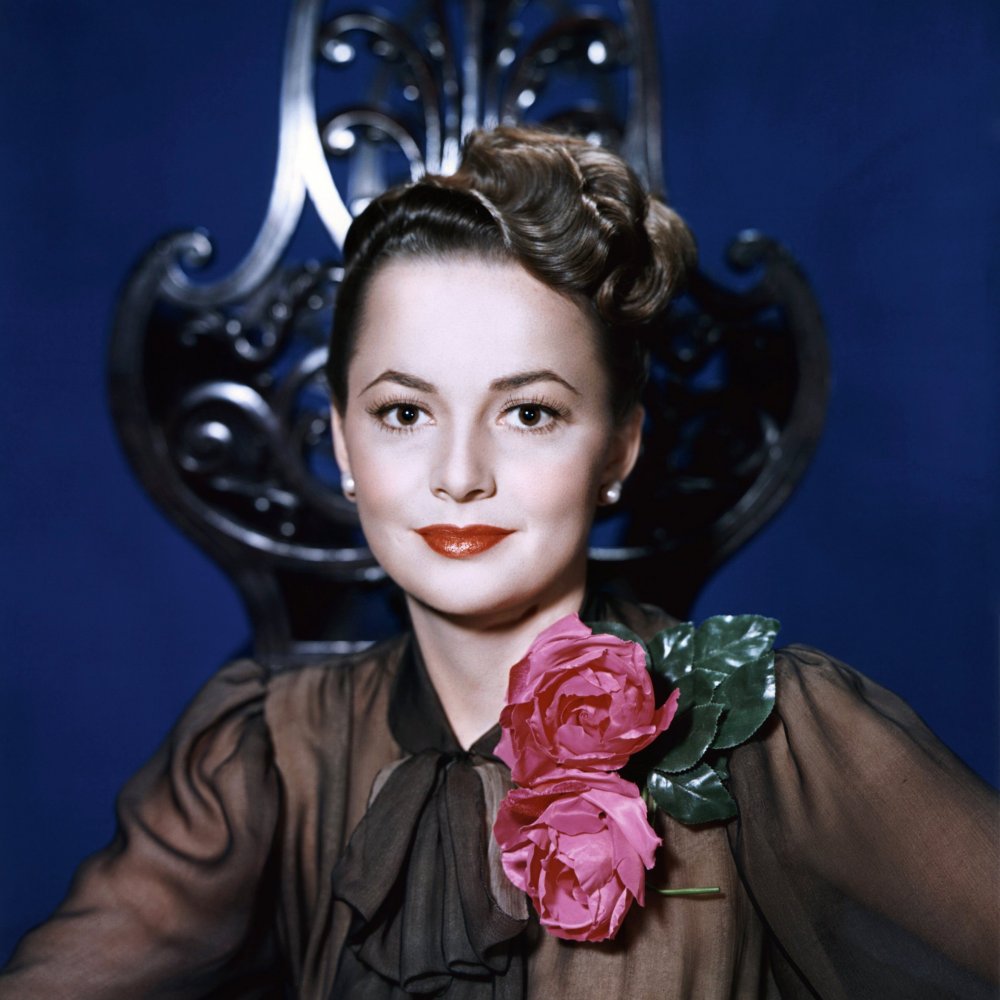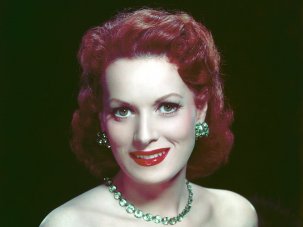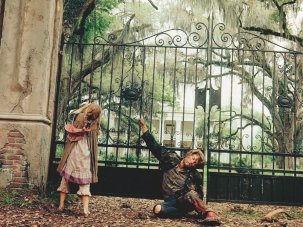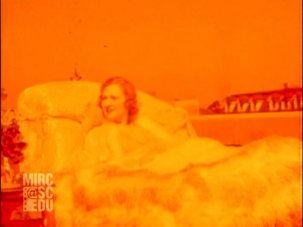It will always be Olivia de Havilland’s most famous film, so let’s start with Gone with the Wind (1939). Midway through, Vivien Leigh’s Scarlett O’Hara unloads a pistol in the face of a Union Army deserter who’s come to ransack Tara, the family mansion. He obligingly drops dead, and for a few panicked seconds Scarlett wonders what to do. And then we hear a clatter and footsteps on the stairs. It’s Melanie, who was upstairs in bed recovering from a childbirth that nearly killed her. The camera moves down Melanie’s nightgown to reveal that the clatter was the sound of a sword she’s been dragging behind her. She is panting a little with exertion, too weak to raise the weapon, but still Melanie is there, ready to fight to the death if need be. Melanie’s decorous exterior masks what the book’s author Margaret Mitchell called “thin-steel, spun-silk courage”. That quality is why de Havilland was born to play Melanie.
Olivia de Havilland marks her 100th birthday on 1 July 2016. Olivia de Havilland: The Woman Who Changed Hollywood, a retrospective of 12 films, runs through August at BFI Southbank, London.
It was a part she almost didn’t get. Not because producer David O. Selznick and the movie’s original director George Cukor had doubts about her ability, but because de Havilland’s boss Jack Warner liked her right where she was, playing lady loves opposite Errol Flynn and classing up mediocrities like Hard to Get (1938). De Havilland pleaded with Warner’s wife, Ann, and her intercession caused him to agree to the loan-out, though the boss grumbled that de Havilland would come back and make trouble.
Oh no, de Havilland assured him, she wouldn’t dream of it. Hadn’t she been the soul of professionalism for several years now? Why, she came to Warners in 1935 to play Hermia in A Midsummer Night’s Dream for the great Max Reinhardt. And before that film was even released, she was required to make her screen debut opposite rubber-faced comedian Joe E. Brown in Alibi Ike, a far cry from Shakespeare.
Starting with Captain Blood the same year, de Havilland had minted money for the studio playing opposite Errol Flynn in film after film: The Charge of the Light Brigade (1936), The Adventures of Robin Hood (1938), Dodge City (1939). Her interplay with Flynn is the template for action-movie romance ever since: pretty young woman takes a strong dislike to the protagonist, mocks him, brushes off his attentions. Gradually, she notices that he’s a fine man; in fact, he’s the hero. Embrace, kiss, finis. They adhere to a formula, but these are splendid movies, exquisitely made and beautiful to behold, directed with barrelling energy by Michael Curtiz. And de Havilland’s subtle playing, and her chemistry with Flynn, are essential to their appeal.
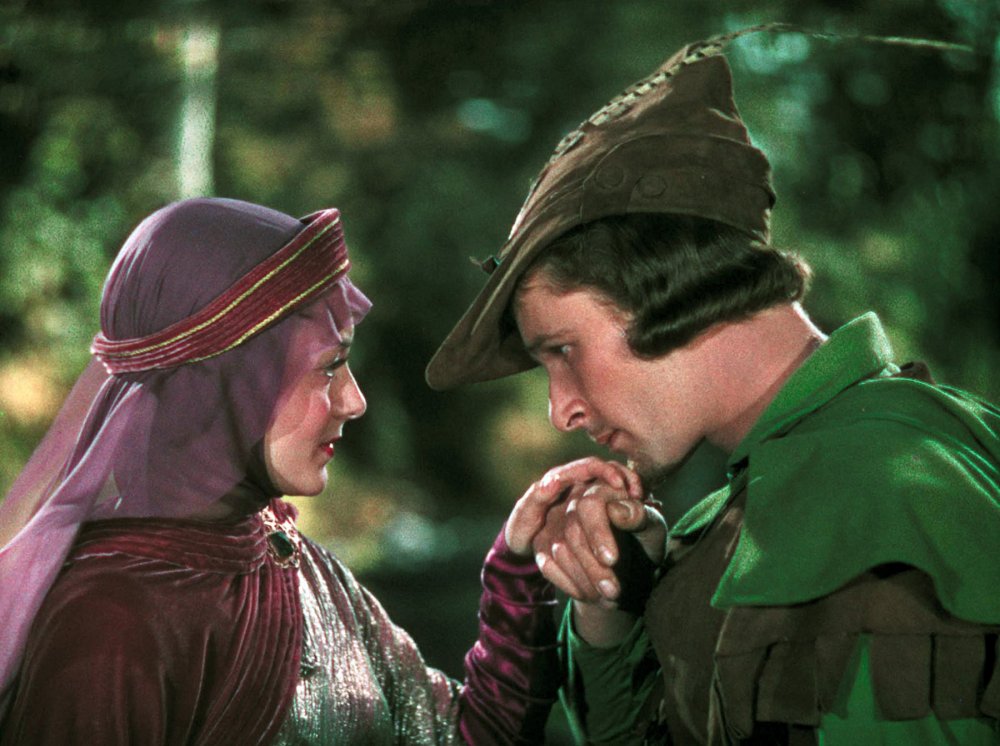
The Adventures of Robin Hood (1938)
Observe the balcony scene in Robin Hood, a more romantic moment than Hollywood ever managed with Romeo and Juliet. De Havilland’s eager anticipation as Flynn climbs up to her, the moments when she tries to conceal it, the gasp of genuine fright when he nearly falls – she plays with absolute sincerity. Years later, in a talk she gave for the BFI, de Havilland called these movies “the best of their kind”, and to this day she’s right.
And yet, a de Havilland role meant staying on the sidelines. The movies did not revolve around her character. She played these women with spirit, but they were not complex, dynamic or conflicted. She is wonderfully funny in The Great Garrick (1937) and It’s Love I’m After (1937), both comedies about actors who are never truly off stage. But de Havilland’s characters are the ones who haven’t a clue what’s going on – they are playing it for real while everyone else tries on roles. No wonder she jumped at Melanie, whose screen time is nearly equal to Rhett Butler’s, and who offered a chance to play strength, yearning, loyalty and tragedy.
When Gone with the Wind was over, even before it was released, before she’d garnered the best reviews of her life, before her Oscar nomination, back de Havilland went. She wound up in a movie she later described vaguely as “a third remake of something”, found herself farmed out to Goldwyn for a remake of warhorse Raffles (1939) that she knew was doomed, and then was back with Flynn for Santa Fe Trail (1940). By no means were these all insipid parts in bad movies. Several are classics, such as Raoul Walsh’s The Strawberry Blonde (1941), with de Havilland as the would-be suffragette in love with James Cagney’s brawling dentist. Near-farcical at first, the movie grows more tender and sombre, building to a park reunion between Cagney and de Havilland that Walsh called “one of the most emotional scenes I ever filmed”.
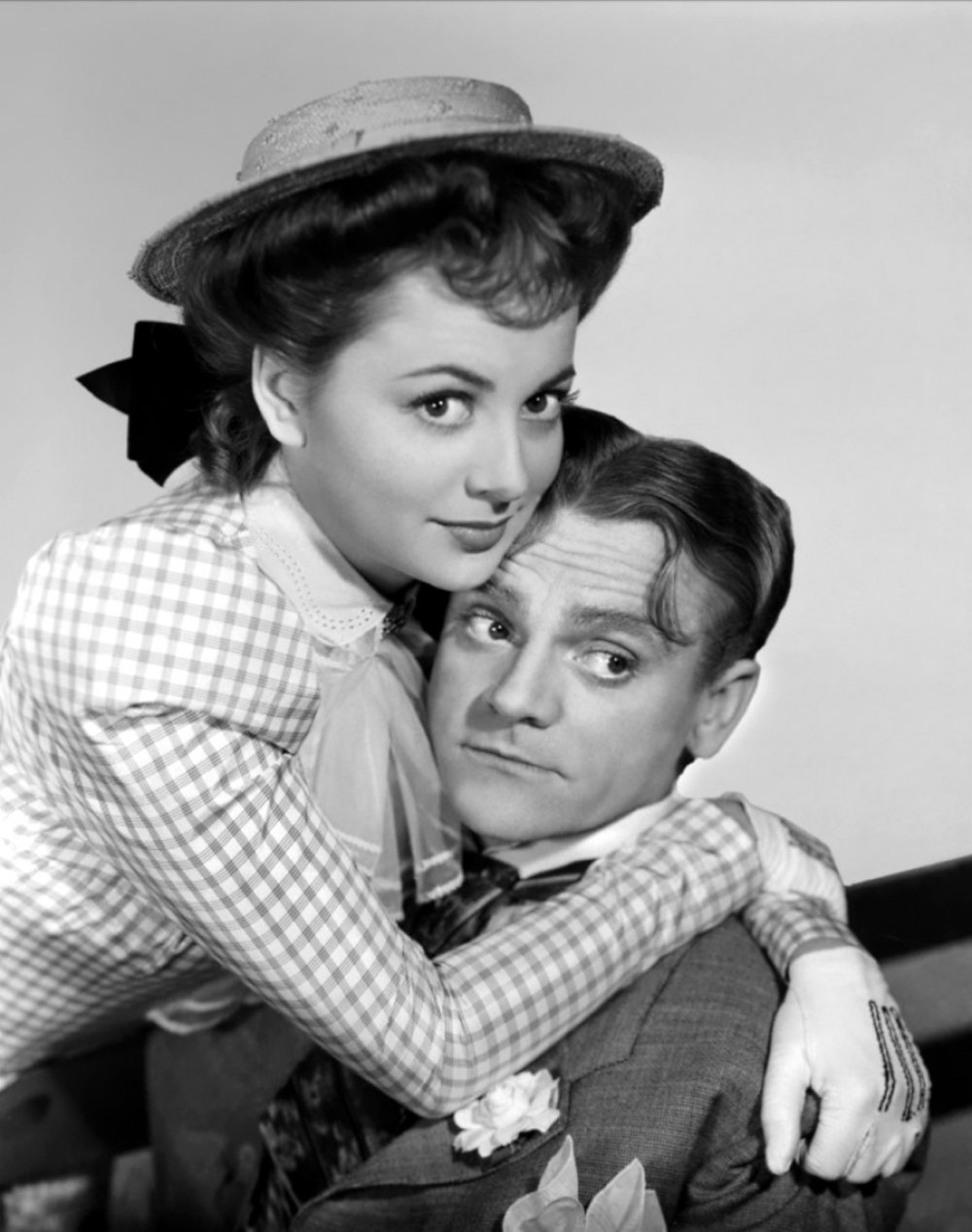
The Strawberry Blonde (1941)
But, as de Havilland has always cheerfully acknowledged, Jack Warner was right. She complained. She began to turn down scripts, and for that she was put on suspension. By May 1943 her contract was up, and she happily anticipated a new phase. Now she could seek out more parts like the lovelorn schoolteacher betrayed by Charles Boyer in Mitchell Leisen’s Hold Back the Dawn (1941) – a film she loved, which had earned her another Oscar nod, achieved on loan to Paramount. Not so fast, said the brothers Warner. She had to serve out the additional six months she had accrued on suspension.
De Havilland contemplated the studio offering she’d just completed, a third-billed turn in a Brontë sisters’ biopic called Devotion (1945), playing a bizarre version of Charlotte Brontë who flounces around in dainty clothes, steals Emily’s fiancé, and is never glimpsed holding a pen. De Havilland sued.
The lovely Livvy was tilting at windmills, was the consensus around town. Asked in her BFI interview if she garnered support from her colleagues, she said, without rancour, “I was rather by myself, because nobody thought I could win.” Her lawyer thought she could, however, by invoking an old California ‘anti-peonage’ (debt slavery) law which forbade contracts that extended past seven years. In November 1943 the case went to trial.
As soon as she filed suit, Jack Warner wrote to every studio in town to remind them that she was still effectively under contract. In court the studio didn’t hesitate to fight dirty, insinuating that an affair was the real reason the actress had turned down one movie. The Warner attorneys, however, hadn’t reckoned on the de Havilland sang-froid. She had spent years on set with Michael Curtiz, one of the most notorious yellers in the business; these guys were nothing. So when one lawyer thundered, “Is it not true, Miss de Havilland, that on the morning of January 16, you wantonly refused to show up for work on Stage 8?” “Certainly not,” came the reply in that musical de Havilland voice. “I declined.”
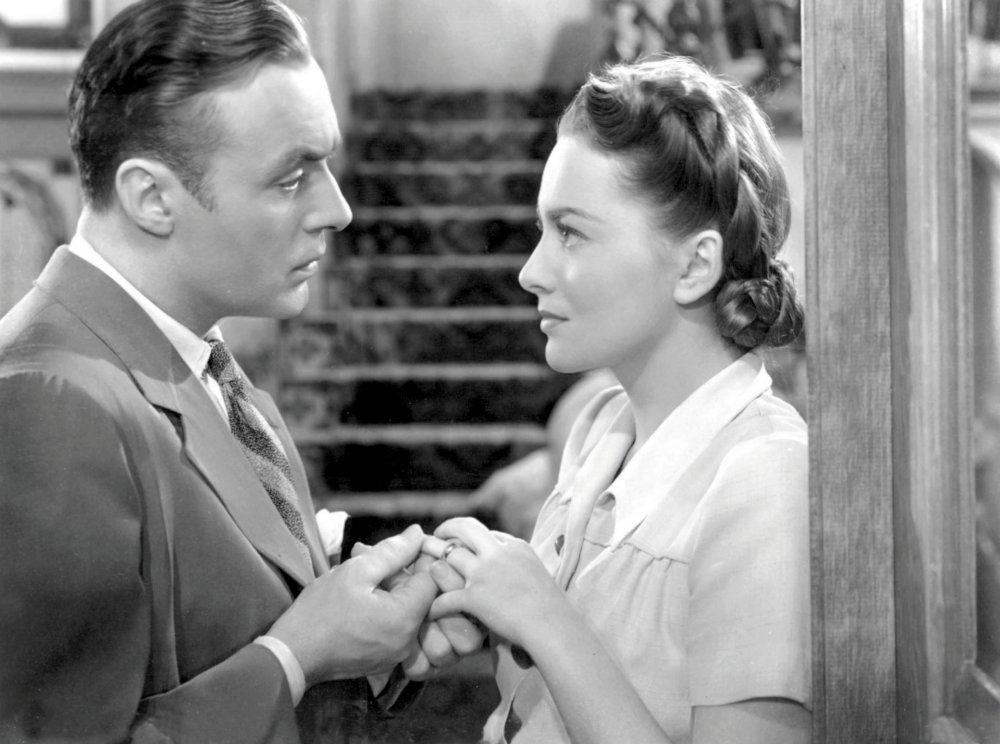
Hold Back the Dawn (1941)
The judge ruled for de Havilland, but not until March 1944. Warner Brothers appealed, Jack Warner dropped producers another line to say the matter was far from over, and for the rest of the year de Havilland stayed, as Otto Friedrich put it in City of Nets, his portrait of Hollywood in the 1940s, “unemployed and unemployable”.
For two years de Havilland made no movies, from the age of 26 to 28, vital years for an actress. Her legal bills mounted; she drew on her savings and, after the first ruling in her favour, found some work on radio. She refused to give in, and she refused to stay idle. She travelled to Alaska to visit soldiers, and such was Warner’s pettiness that, according to Friedrich, he wrote to General Hap Arnold seeking to stop her entertaining the troops. Arnold, unlike Hollywood, told Warner to mind his own business. The court of appeals ruled in de Havilland’s favour, and Warner Brothers appealed to the California Supreme Court. She went to the South Pacific, visiting the wounded and contracting pneumonia so severe that she coughed blood and her weight dropped to 90 pounds. De Havilland was convalescing in the hospital in the Fiji islands when word came that the Supreme Court had refused to hear the studio’s appeal. She’d won.
Years before, Bette Davis had failed in her attempt to challenge her contract. Jack Warner had just found out that his all-purpose flower-like ingénue was tougher than Jezebel. Davis later said, “Every actor in the business owes Olivia de Havilland a debt of gratitude for taking us out of bondage.” The tide was turning before de Havilland’s suit – as Emily Carman recently wrote in Independent Stardom (reviewed in S&S June 2016), for years some actresses had forged deals that gave them freedom to choose roles – but it was de Havilland who stopped the endless cycle of suspension and contract extensions. De Havilland also took great pride in the fact that her victory helped actors such as Clark Gable, James Stewart, Glenn Ford and Henry Fonda, whose contracts were suspended while they served in World War II. They returned to find that the clock hadn’t stopped, and thanks to de Havilland, they could renegotiate their terms.
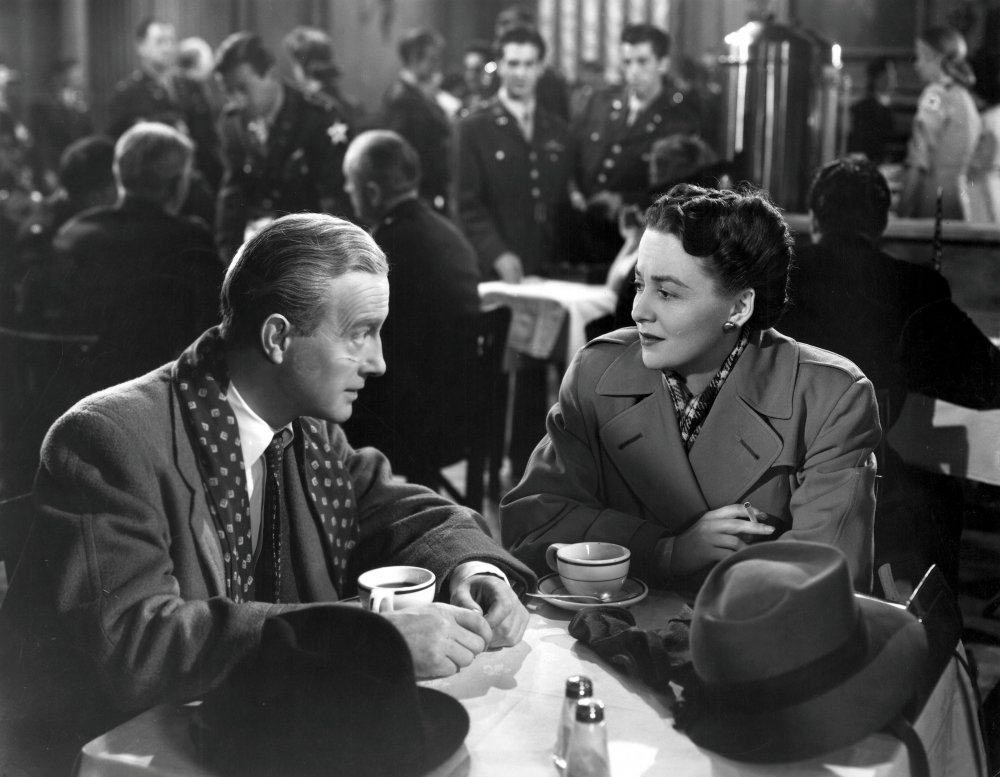
To Each His Own (1946)
Almost immediately (technically, her reintroduction was a forgotten trifle called The Well-Groomed Bride), de Havilland showed everyone in town what they, and she, had been missing. Insisting on Mitchell Leisen, who had directed her so well in Hold Back the Dawn, de Havilland made To Each His Own (1946) for Paramount. A story of thwarted maternal love, co-starring John Lund as both ill-fated lover and illegitimate son, this was a showcase indeed. Her baby son is housed with her sworn enemy, she tries to take him back but the boy rejects her, she becomes a cosmetics tycoon… yes, it’s quite a plot (the story was conceived by Billy Wilder’s long-time screenwriter Charles Brackett) but de Havilland rises to every twist.
“Nobody else could have played it as well as she did,” said Leisen, “to be so beautiful and innocent in the beginning, then grow to be a bitch and finally the lonely Miss Norris.” She won her first Academy Award for the role. When we think of actresses who fought for their careers, we think of Davis, Joan Crawford, Barbara Stanwyck; we should think too of de Havilland, who fought as hard, or harder, than any of them.
More great roles followed, most of them ones that Jack Warner wouldn’t have let her anywhere near. Robert Siodmak’s The Dark Mirror (1946) cast her as identical twins – one good and one evil, of course. De Havilland’s twist was to make the evil one sweet and charming; her bubbly delivery of psychopathic answers to a Rorschach test is the highlight of the film.
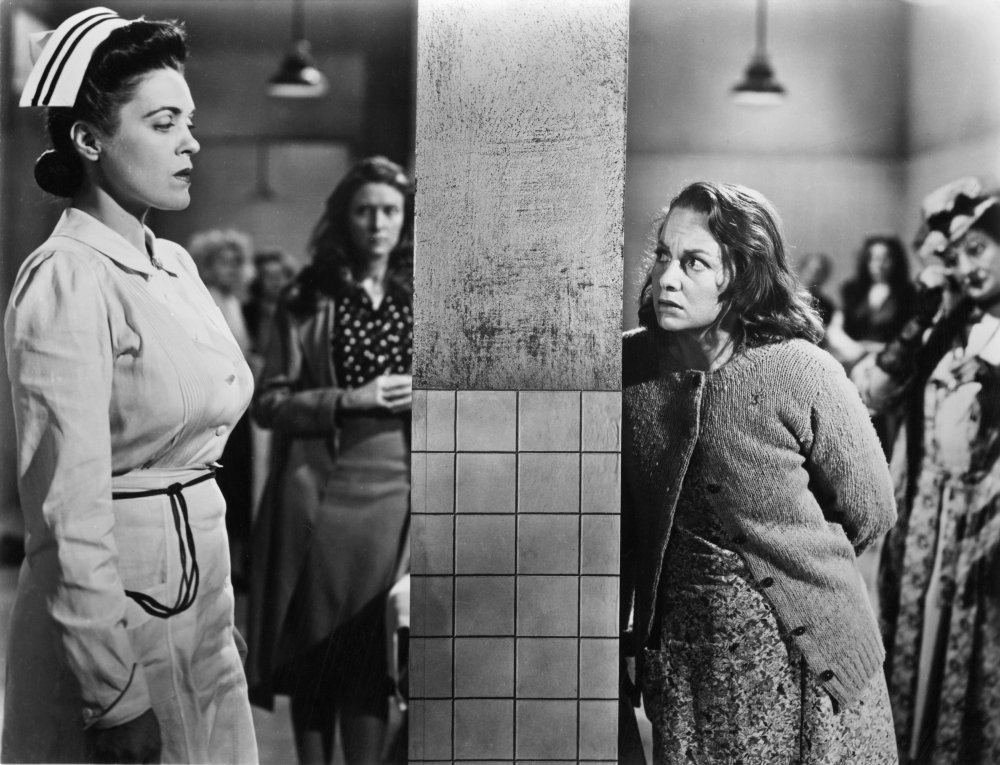
The Snake Pit (1948)
For Anatole Litvak at 20th Century Fox she made The Snake Pit (1948), her personal favourite, a drama about a psychiatric patient who descends through the worst parts of a 1948 asylum. Her interest was spurred by her wartime hospital visits. “Knowing that the mental wards of military hospitals were filled with traumatised soldiers,” she said, “I felt that it was imperative that their families understood their affliction.” She plays a woman tormented by the guilt from a certain childhood experience, and while the Freudian psychology is pat, her performance is sensitive and insightful. No one who sees her bewildered terror when she’s sent to the “permanent” ward of the title will ever forget it. Despite the grim subject matter, the movie was a major hit, and it is de Havilland’s all the way.
For those few years, she went from triumph to triumph with scarcely a pause. She won another Oscar in 1950, this time for the previous year’s The Heiress, the William Wyler-directed version of a play based on Henry James’s Washington Square. A few critics complained that even with Hollywood’s idea of homeliness – no lipstick, unplucked brows, bad hair – de Havilland was too beautiful to play plain, sheltered Catherine Sloper. That turned out to be a quibble; Catherine is a superb performance, a naturally affectionate woman whose personality is warped by a manipulative suitor (Montgomery Clift) and a cold, unloving father (Ralph Richardson).
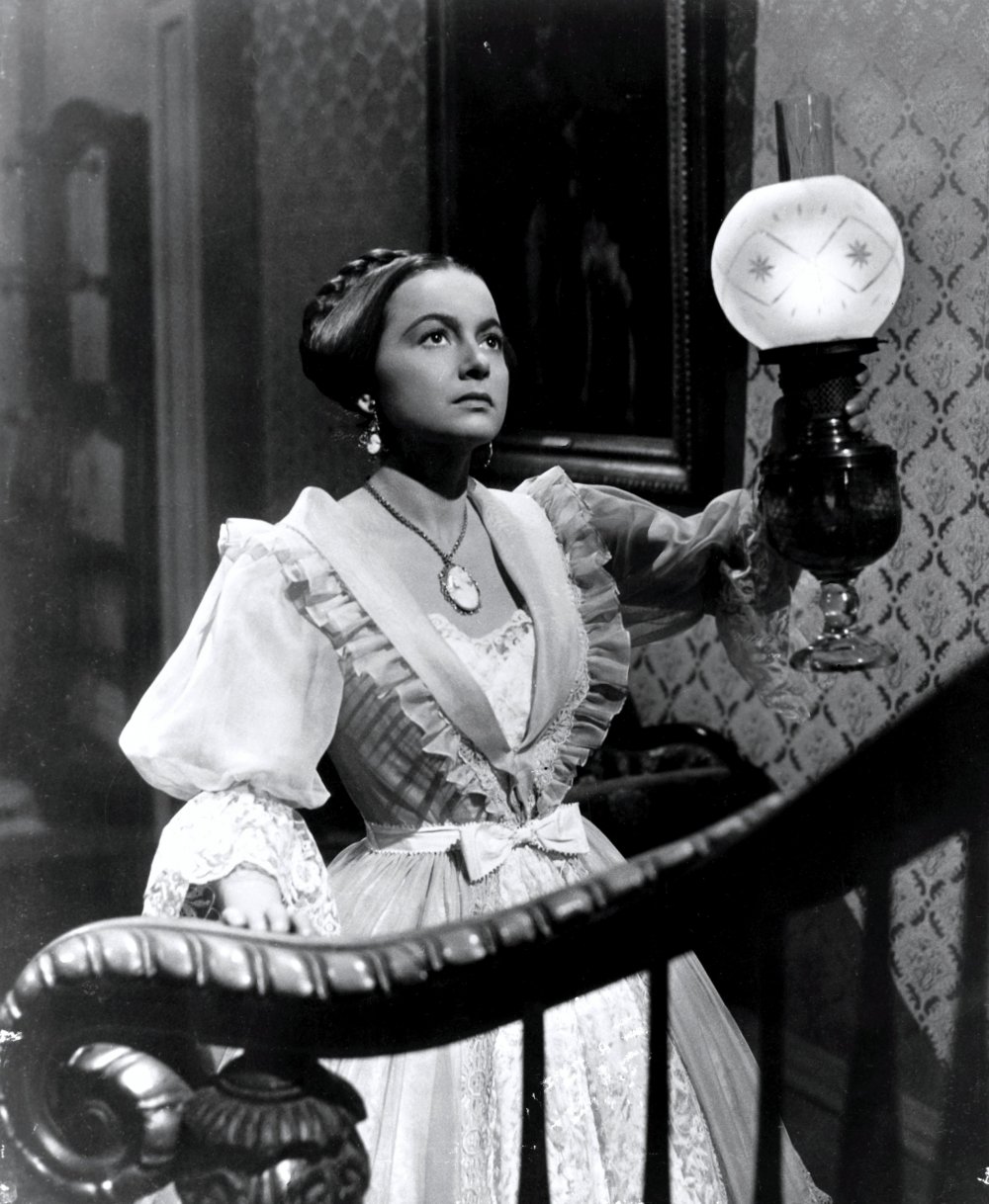
The Heiress (1949)
She had married novelist Marcus Goodrich in 1946, had a son, Benjamin, after The Heiress wrapped, and took some time off. She starred on Broadway in a star-crossed version of Romeo and Juliet and a rather more successful production of George Bernard Shaw’s Candida.
The 1950s brought divorce from Goodrich, a new marriage to Paris Match editor Pierre Galante and a permanent move to Paris, as well as a daughter, Gisele, born in 1956. She still sought out challenging work, but it came less frequently, as with My Cousin Rachel (1952), which found her starring opposite Richard Burton in his screen debut. The underrated gothic mystery, based on a Daphne du Maurier novel, casts de Havilland in a fascinating role as a woman who may or may not be a murderer. Unlike many did-she-or-didn’t-she dramas, de Havilland’s Rachel remains a mystery to the end.
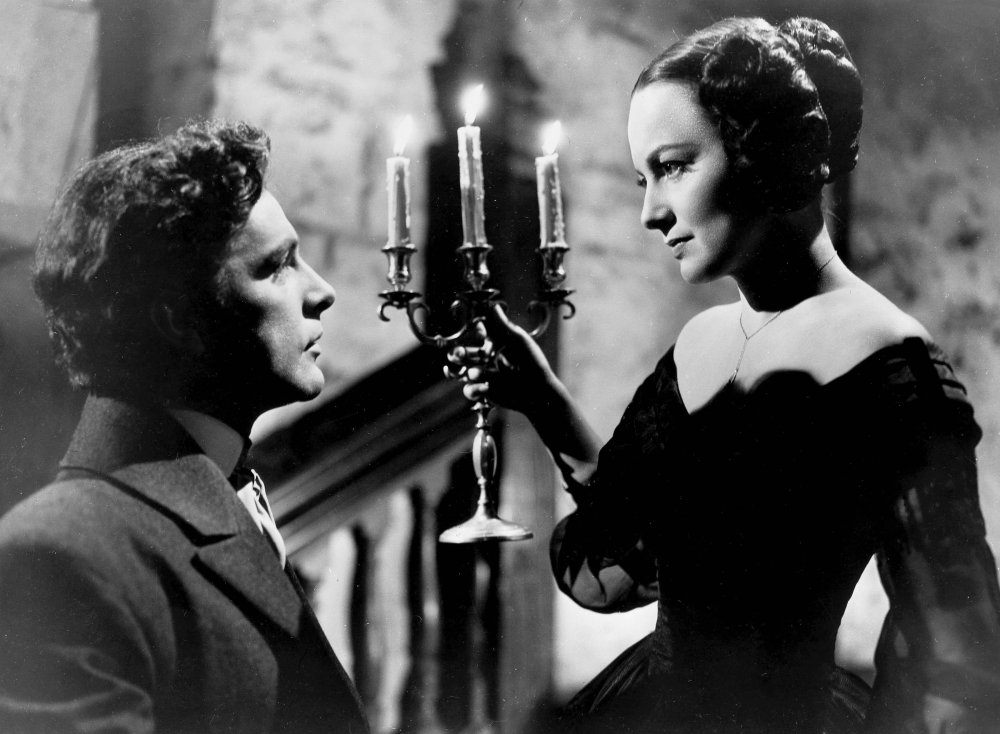
My Cousin Rachel (1952)
Savvy enough to know she had a case in 1943 (“I knew I would win”), de Havilland was also wise enough to see what had happened to Hollywood; television had arrived, the number of productions had plummeted. “A whole civilisation was dying, and I knew that whatever replaced it would not be its equal,” she told the film historian Robert Osborne in an interview. With exceptions such as Guy Green’s exquisite Light in the Piazza (1961), the 1960s showed she wasn’t wrong. Hush… Hush, Sweet Charlotte (1964) is a decent entry in the hagsploitation genre, but Miriam is hardly the kind of role de Havilland once fought for. To watch the ghastly Lady in a Cage (1963) is to feel fury at whoever thought this was the way to treat her. Most older actresses lose out in the battle to find deep, meaningful roles because of Hollywood’s ingrained resistance – at least for now.
She continued to work all the way up to 1988, and her life has been full, her attitude joyous. Now, as she turns 100 on 1 July, de Havilland is the last of the great pre-World War II Hollywood stars; her contemporary Kirk Douglas got a much later start. One by one, the others have died, including her sister Joan Fontaine in 2013. De Havilland remains, still willing to be photographed, still sharing her memories, whether it’s the films with Flynn, Gone with the Wind for the umpteenth time, or the later parts she politely prefers. How lucky we are. As Errol Flynn tells her in They Died With Their Boots On (1941), “Walking through life with you, ma’am, has been a very gracious thing.”
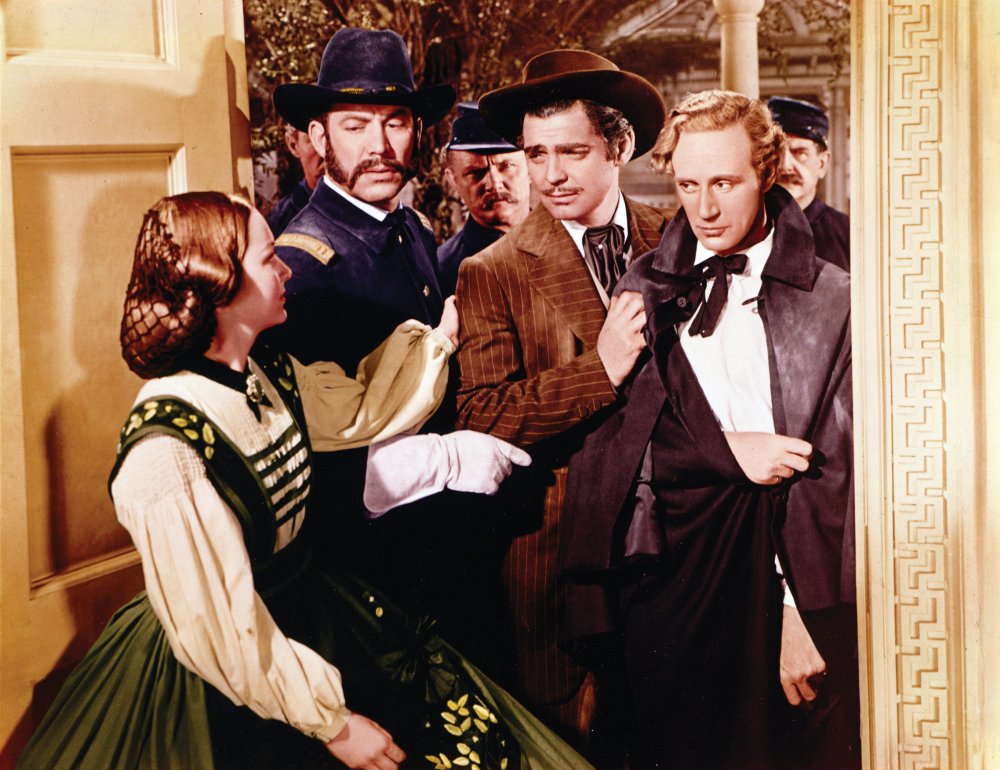
Gone with the Wind (1939)
-
Sight & Sound: the July 2016 issue

Cannes 2016 special: the inside track on new films from Loach, Arnold, Jarmusch, Verhoeven, Almodóvar, Ade, Assayas, the Dardennes, Mungiu and more...
-
The Digital Edition and Archive quick link
Log in here to your digital edition and archive subscription, take a look at the packages on offer and buy a subscription.




